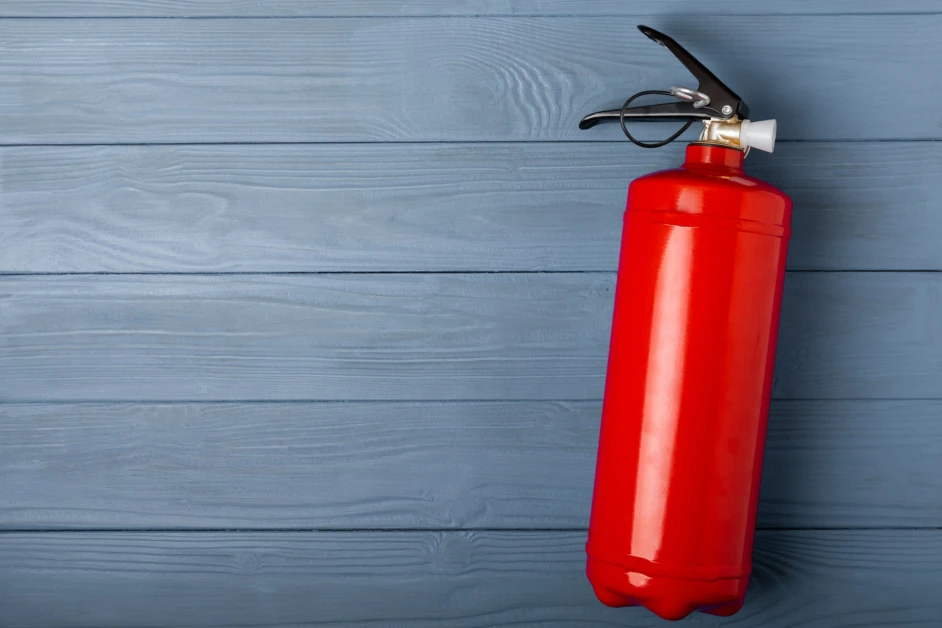
Need assistance?
Need Assistance? Call Us 0330 058 0631





















 Book a service
Book a service

13/02/2024 • by

As a sales administrator for the Fire Protection Shop, the most frequently asked question I get, usually on a daily basis is: “Why do fire extinguishers need commissioning if they are new?” OR “Why does this have to be done on site?”
As a newcomer to the industry and this role, the answer to this question can seem a little complicated – so for all of us who are not familiar I’ve tried to explain it in simple terms;
When purchasing fire extinguishers, always look for the Kitemark and the CE mark to ensure they meet the requirements of BS EN3. If the extinguisher is to be used in a commercial or public building – it will need to be commissioned on site after delivery.
You will need a BAFE approved fire extinguisher engineer (a person with the knowledge and training that allows them to competently service portable fire extinguishers in accordance with the requirements of BS 5306 Part 3).
Several tests will be carried out on the fire extinguisher during Fire Extinguisher Commissioning to ensure that it has not been damaged during transit and that it is fit for purpose.
Please note that this must be done before the fire extinguisher is mounted or placed in its designated spot.
The new extinguisher will be taken from the delivery box and assembled, with all o rings and critical pressure points being correctly tightened, if applicable , the pressure within the extinguisher will be checked , weighed, then a service label will be attached to the fire extinguisher and a certificate will be issued for your insurance purposes.
Fire extinguisher commissioning is the initial service of checking and labelling your fire extinguishers.
Fire extinguisher servicing is carried out every 12 months after the initial service. This is as per the current British Standards and the legislation that makes up the Regulatory Reform Order.
This has to be carried out by a person with the qualifications, training and experience with access to the relevant tools, equipment and information, manuals and knowledge of any special procedures recommended by the manufacturer.
This can only be carried out on site after transportation has taken place and prior to it being placed in its designated place.
What is involved?
Checks are made to the following components:
Safety clip
Hose and nozzle
Pressure indicating device/gauge
Safety Pin
Seals for the discharge horn, hose, nozzle and valve body
The weight of the extinguisher is checked and recorded on the maintenance label which is attached to the extinguisher.
An external examination is carried out to ensure that there are no signs of corrosion, dents of damage that could impair the safe operation of the extinguisher.
The operating instructions are checked for correctness and legibility.
A written inspection report will be provided advising the user of the state of the maintenance of the extinguisher.
Fire extinguisher installation is the wall hanging of your fire extinguishers at the recommended height and location with the appropriate identification signs.
Buy with peace of mind and the reassurance that all our fire extinguishers are kitemarked and carry the CE mark which will enable them to be commissioned by a competent fire engineer.
We use cookies to enhance your site experience. Choose your preferences below.
